
Photo
Main Street, Columbia, with street car traffic, around 1912. Courtesy of the South Caroliniana Library.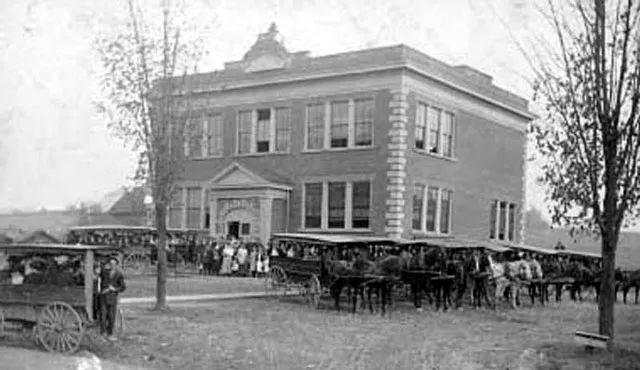
From horse and buggy to space shuttles, South Carolinians have relied upon a wide variety of motive power and vehicles to get to where they are going. The story of transportation is actually an extended part of the account of South Carolina's economy: without the ability to move people and goods, neither agricultural, commercial nor industrial activity can succeed in bringing prosperity. Other examples of how people travel can be found, especially in the section of this collection on economy, but also scattered throughout all the images. This section is organized by forms of transportation, and within each example by chronology. Using these images you can: begin with animal power (horses and buggies); explore the changes in water transportation from Native American log canoes to the latest in ocean going and pleasure boats; see the changes in rail travel (train and trolley) over time; follow the progress of the impact that the internal combustion engine has made in South Carolina; and witness the beginning of the air age in our state.

Photo
Main Street, Columbia, with street car traffic, around 1912. Courtesy of the South Caroliniana Library.
Photo
The lock house on the Santee Canal, painted by Charles Fraser around 1820. South Carolina has an extensive river system whose major navigable rivers served as important transportation networks for...
Photo
Main Street in Greenville in the 1920s was busy with street car traffic as well as automobiles. Courtesy of the Greenville County Historical Society.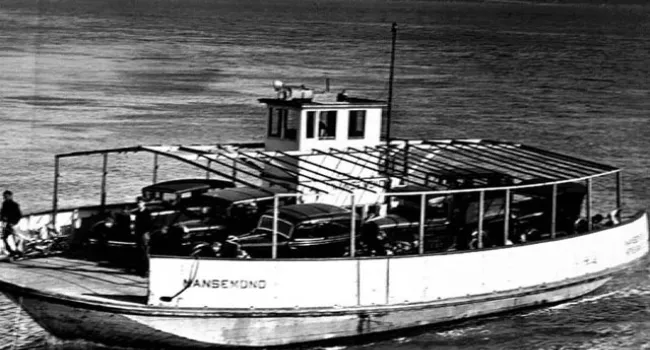
Photo
The Nansemond ferry boat crosses the Cooper River in the 1930s, even though the Cooper River Toll Bridge provided an alternative way into Charleston for automobile traffic. Photo by M.B. Paine...
Photo
The Owen-Woodward company was the second drive-in gas station in Darlington. Its signs advertise its many automotive services: "Gas, Oil, Tires and Accessories." The caption on the photograph...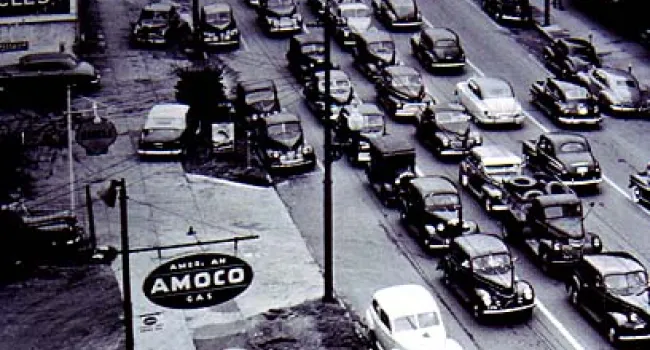
Photo
As the number of South Carolinians who owned automobiles increased in the 1930s, so did the number of nationally owned gas stations, like this one in Greenville. Courtesy of the Greenville County...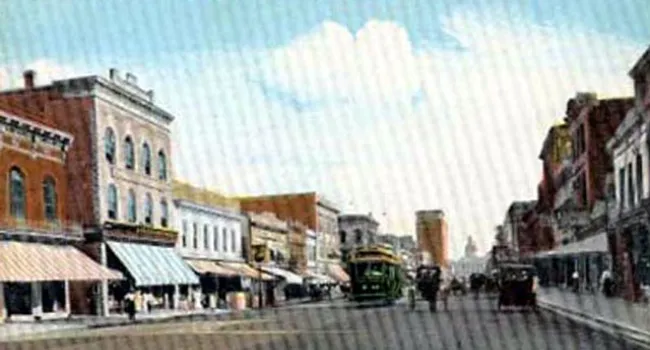
Photo
This photograph of the retail section of Columbia in 1908 shows the trolley system in use in the city. Courtesy of the South Caroliniana Library.
Photo
The metal body of the automobile made it more difficult to dispose of when no longer usable than an elderly horse or a wooden wagon or buggy beyond repair. The result is a growing number of abandoned...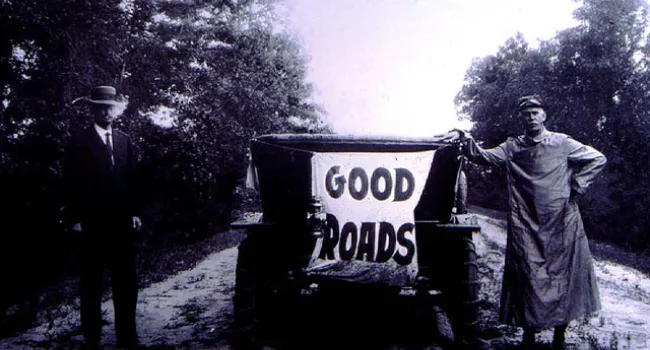
Photo
Good roads were not yet a reality for South Carolina when this photo was taken near St. Matthews. The Good Roads movement began when most roads were not hard-surfaced. U.S. Bureau of Public Roads...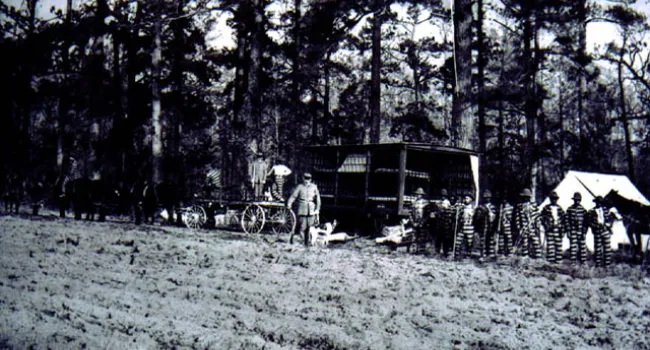
Photo
Road work in South Carolina was carried out in the early 20th century by convicts working in chain gangs. Here, a gang works under the careful eye of a guard; the vehicle that transported them to the...